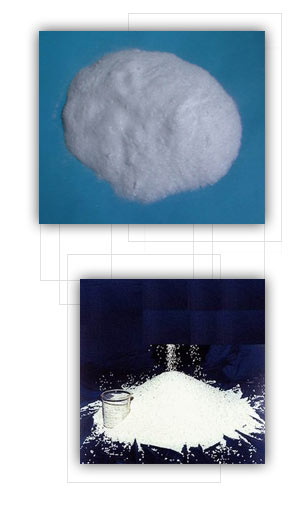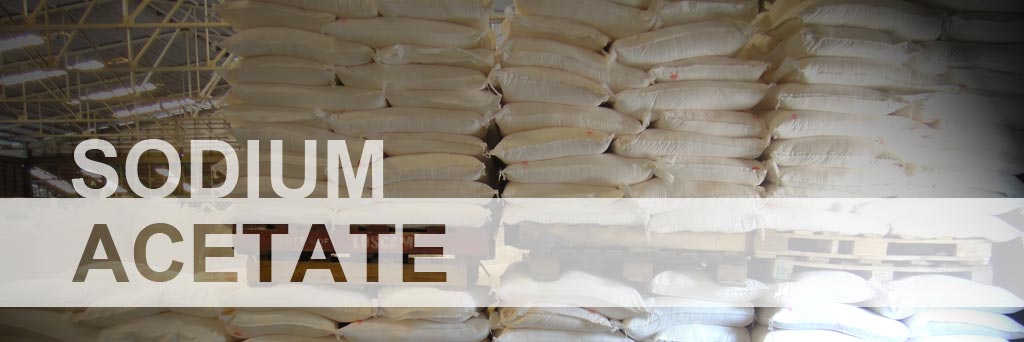| |
Sodium Acetate, NaC2H3O2, also sodium ethanoate, is the sodium salt of acetic acid. This colourless salt has a wide range of uses.
For industrial uses, Sodium Acetate is used in the textile industry to neutralize sulfuric acid waste streams, and as a photoresist while using aniline dyes. It is also a pickling agent in chrome tanning, and it helps to retard vulcanization of chloroprene in synthetic rubber production.
For buffer solution uses, as the conjugate base of a weak acid, a solution of Sodium Acetate and acetic acid can act as a buffer to keep a relatively constant pH. This is useful especially in biochemical applications where reactions are pH dependent.
For heating pad uses, Sodium Acetate is also used in consumer heating pads or hand warmers and is also used in hot ice. Sodium Acetate trihydrate crystals melt at 58°C, dissolving in their water of crystallization. When they are heated to around 100°C, and subsequently allowed to cool, the aqueous solution becomes supersaturated. This solution is capable of cooling to room temperature without forming crystals. By clicking on a metal disc in the heating pad, a nucleation centre is formed which causes the solution to crystallize into solid Sodium Acetate trihydrate again. The bond-forming process of crystallization is exothermic, hence heat is emitted. The latent heat of fusion is about 264–289 kJ/kg. |
 |



